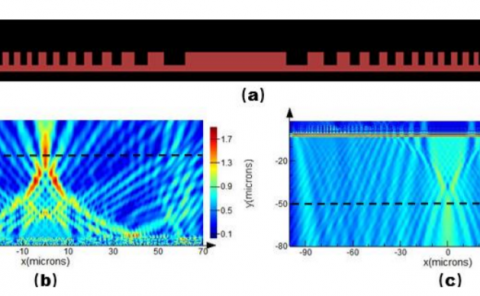Virtual reality to improve lower extremity function, kinematic parameters, and walking speed post-stroke: preliminary results
PubDate: May 2014
Teams: I.R.C.C.S. Fondazione Ospedale;Universidad de Sevilla
Writers: Carlos Luque-Moreno;Cleofás Rodríguez-Blanco;Ángel Oliva-Pascual-Vaca;Michela Agostini;Pawel Kiper;Andrea Turolla

Abstract
Introduction: Virtual reality (VR) is a tool that can enrich physiotherapy treatment in individuals with stroke. The increased use of feedback provides them with useful additional information to improve walking speed, kinematics, and functionality of the lower extremity (LE). Our aim is to evaluate these changes and describe the intervention in two individuals with stroke. Case description: A 58-year-old man (4.5 months post-stroke) and a 49-year-old man (3 months post-stroke) followed a VR training to improve kinematics, functionality, and gait speed. Intervention: Each participant underwent 15 sessions (VR treatment one hour daily in addition to the one-hour CP program). Outcomes: The LE Fugl-Meyer scale (FM) improved in both participants; in motor evaluation, participant 1 increased 4 points and patient 2 increased 6 points. Participant 1 was highly functional but had difficulty in the race at baseline, while participant 2 improved on the Ambulatory Functional Scale (FAC) from 3/5 to 4/5 and the Berg Balance Scale (BBS) from 50 to 53, with a constant permanent score of 122/126 on the Functional Independence Measure scale (FIM). Both participants improved the kinematic parameters in leg stance on plegic LE (showed a decrease in the spatial error and in submovements) and walking speed > Minimally Clinically Important Difference (MCID) (participant 1: improvement of 0.16m/s, participant 2: 0.34m/s). Discussion: Results of the combined treatment of CP and VR treatment are positive in improving the performance of motor tasks and stability in leg stance on the plegic side, with improvement of functionality during walking. Controlled studies are needed to determine the role of VR in these improvements.



